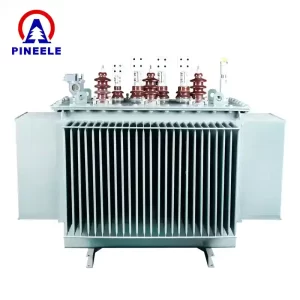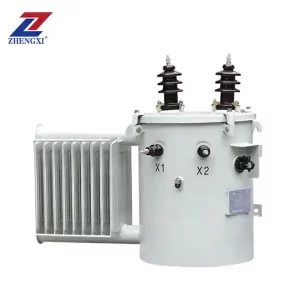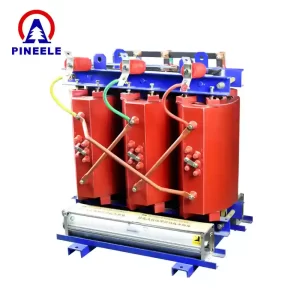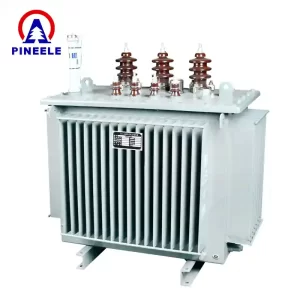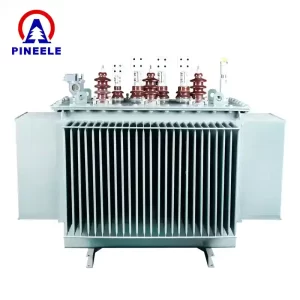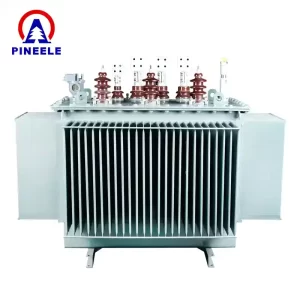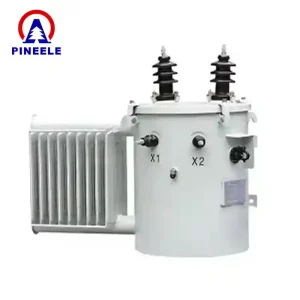A three-phase transformer is an essential component in modern electrical systems, facilitating efficient power transmission and distribution across various sectors. This comprehensive guide delves into the core concepts, applications, market trends, technical specifications, comparisons with other transformer types, selection guidelines, and frequently asked questions to provide a thorough understanding of three-phase transformers guide.
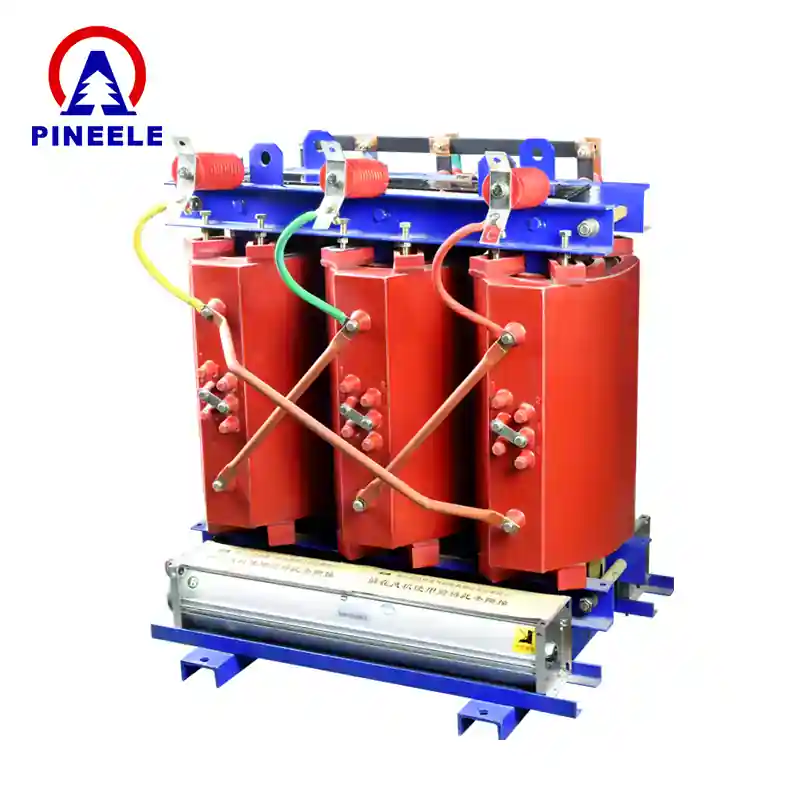
Understanding Three-Phase Transformers
A three-phase transformer is designed to transfer electrical energy between three-phase systems, commonly used in industrial and commercial power distribution. It consists of three sets of primary and secondary windings, either housed within a single unit or configured as a bank of three single-phase transformers. These transformers can be connected in various configurations, such as Delta-Delta, Wye-Wye, Delta-Wye, and Wye-Delta, each serving specific application needs .
Applications of Three-Phase Transformers
Three-phase transformers are integral to numerous applications, including:
- Teollinen sähkönjakelu: Supplying power to heavy machinery and equipment in manufacturing plants.
- Commercial Buildings: Providing reliable power for HVAC systems, elevators, and lighting.
- Uusiutuvat energiajärjestelmät: Integrating wind and solar power into the grid.
- Data Centers: Ensuring uninterrupted power supply for servers and networking equipment.
- Transportation: Powering electric trains and charging stations for electric vehicles.
Market Trends and Developments
The demand for three-phase transformers is experiencing significant growth, driven by factors such as:
- Electrification and Renewable Energy Integration: The global shift towards renewable energy sources necessitates the expansion and upgrading of power grids, increasing the need for efficient transformers IEEE Spectrum.
- Infrastructure Modernization: Aging electrical infrastructure in many regions requires replacement and enhancement, boosting transformer demand.
- Industrial Automation: The rise of Industry 4.0 and automation technologies increases the need for reliable power distribution systems.
However, the industry faces challenges, including supply chain constraints and extended lead times for transformer manufacturing, with wait times for new units stretching up to two years IEEE Spectrum.
Tekniset tiedot
When selecting a three-phase transformer, consider the following technical parameters:
- Power Rating (kVA): Determines the transformer’s capacity to handle load.
- Primary and Secondary Voltage: Specifies input and output voltage levels.
- Taajuus: Typically 50 Hz or 60 Hz, depending on regional standards.
- Jäähdytysmenetelmä: Options include oil-immersed or dry-type cooling.
- Eristysluokka: Indicates the maximum operating temperature.
- Efficiency: Higher efficiency reduces energy losses and operating costs.
Comparison with Other Transformer Types
| Ominaisuus | Three-Phase Transformer | Single-Phase Transformer |
|---|---|---|
| Power Capacity | Higher | Lower |
| Efficiency | More efficient | Less efficient |
| Size and Weight | Larger and heavier | Smaller and lighter |
| Cost | Higher initial cost | Lower initial cost |
| Application | Industrial and commercial | Residential and light commercial |
Three-phase transformers are preferred for applications requiring high power and efficiency, while single-phase transformers are suitable for lower power needs.
Selection Guidelines
When choosing a three-phase transformer, consider the following:
- Load Requirements: Assess the total power demand and future expansion plans.
- Voltage Levels: Ensure compatibility with system voltage specifications.
- Environmental Conditions: Select appropriate cooling and enclosure types for the installation environment.
- Regulatory Compliance: Verify adherence to relevant standards, such as IEEE, IEC, and NEMA.
- Manufacturer Reputation: Choose reputable manufacturers known for quality and reliability.
Usein kysytyt kysymykset (FAQ)
A1: Three-phase transformers offer higher efficiency, better power density, and are more suitable for large-scale power distribution, making them ideal for industrial and commercial applications.
A2: While it’s technically possible to use a three-phase transformer in a single-phase system by utilizing only two of the three windings, it’s not recommended due to inefficiencies and potential imbalance issues.
A3: Calculate the total load in kilovolt-amperes (kVA) by summing the power requirements of all connected equipment, then select a transformer with a slightly higher rating to accommodate future expansion and ensure reliable operation.
Note: For visual representations and detailed diagrams of three-phase transformers, please refer to the images provided in the original document.
